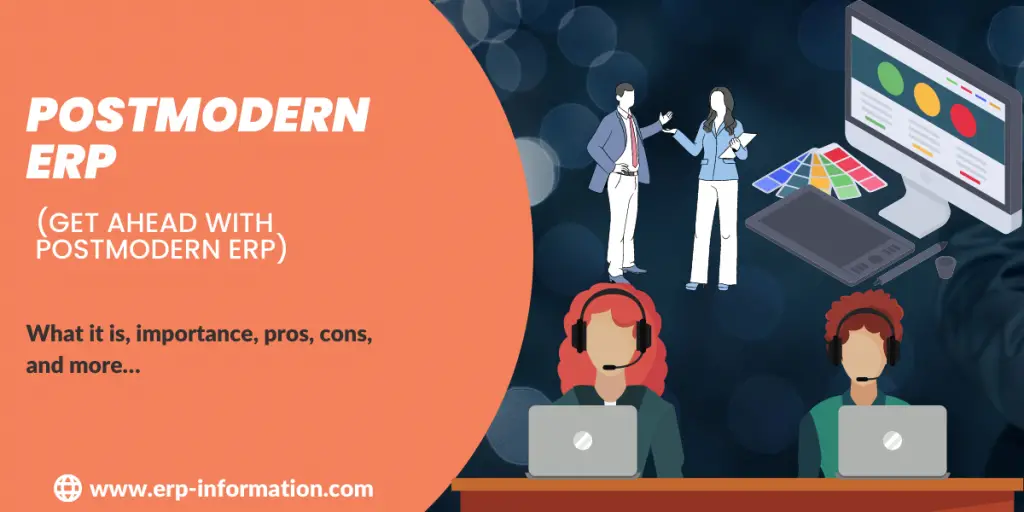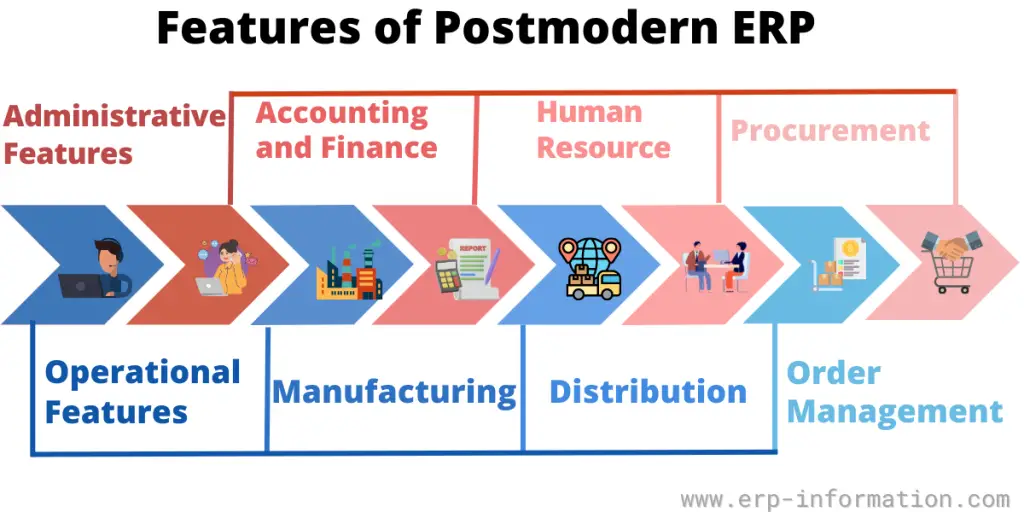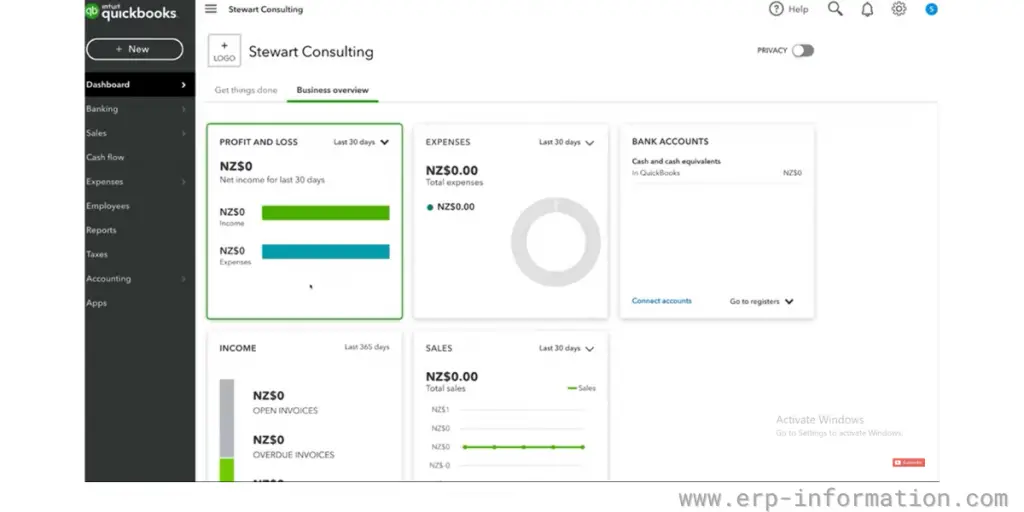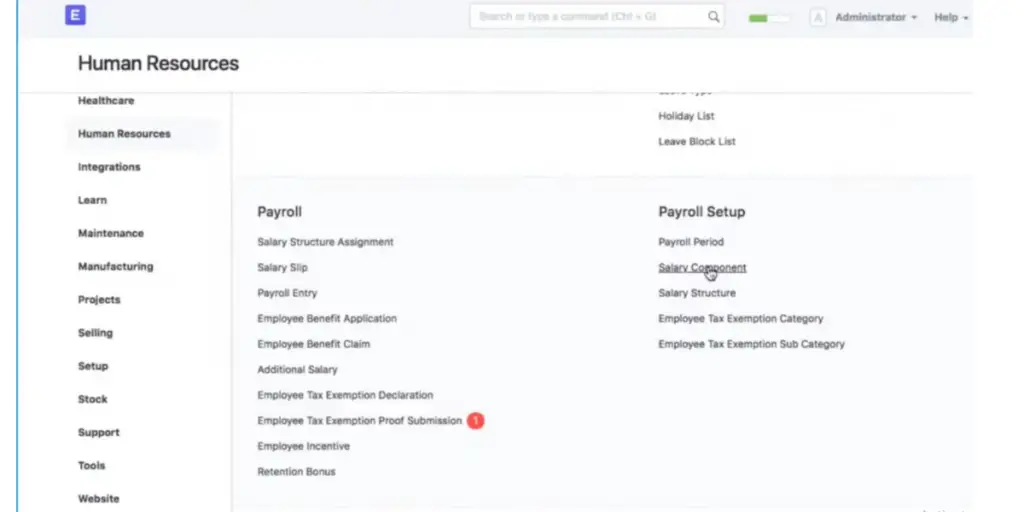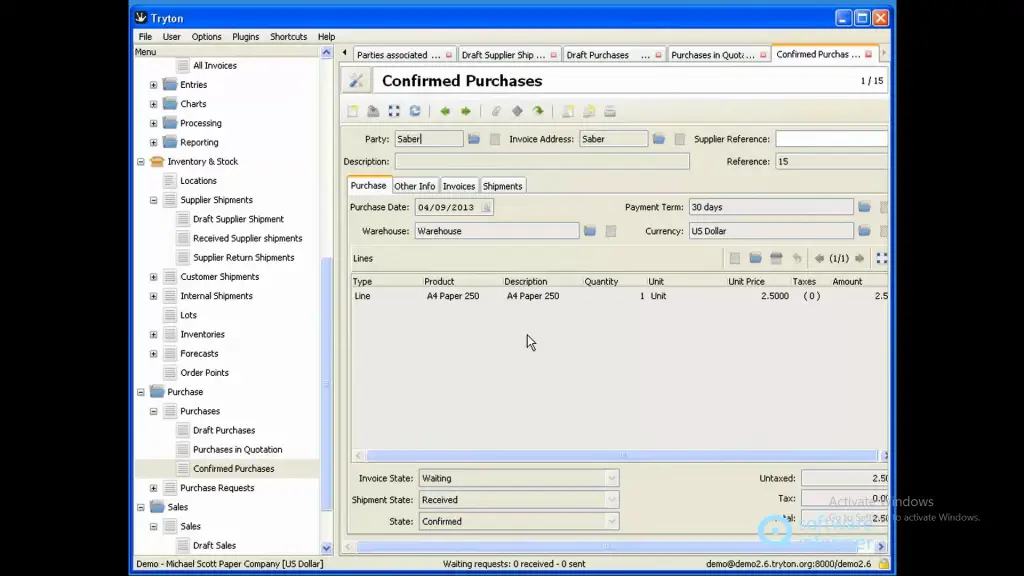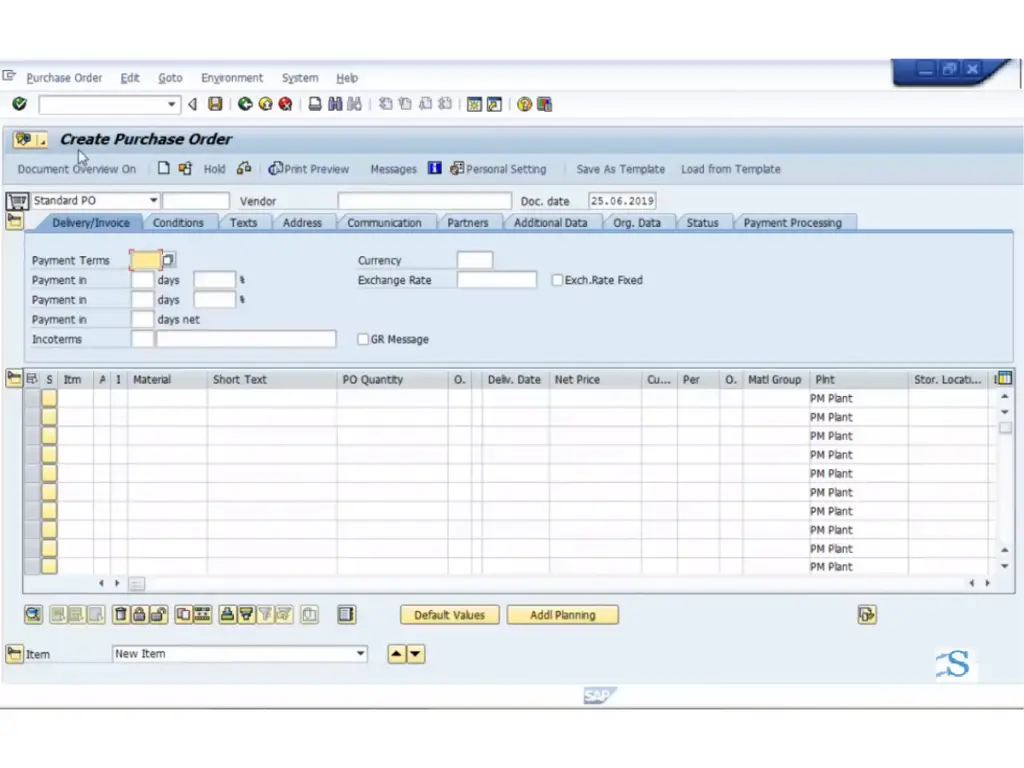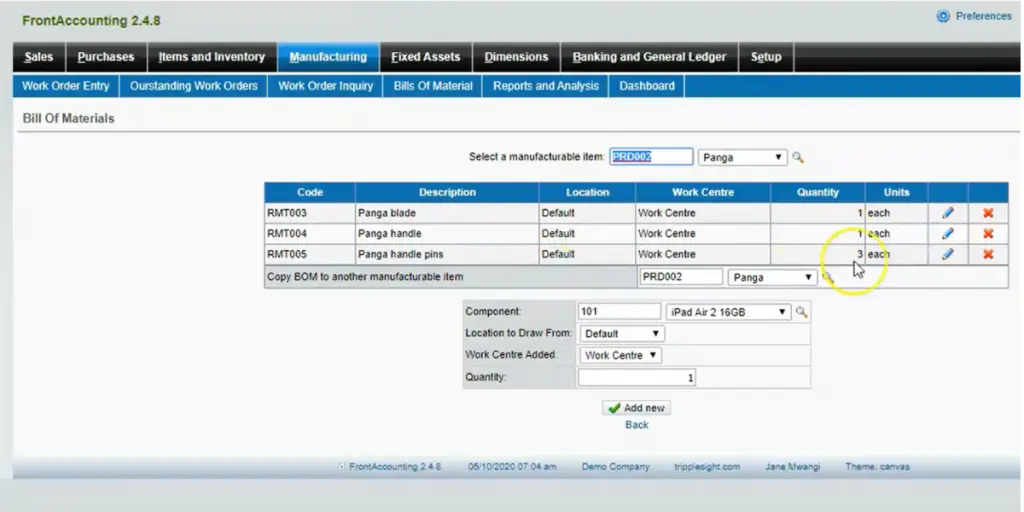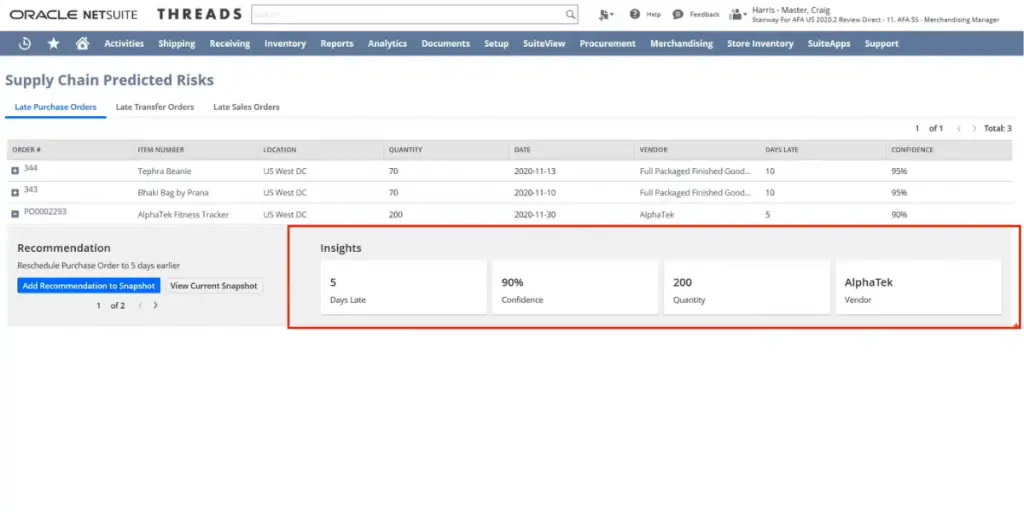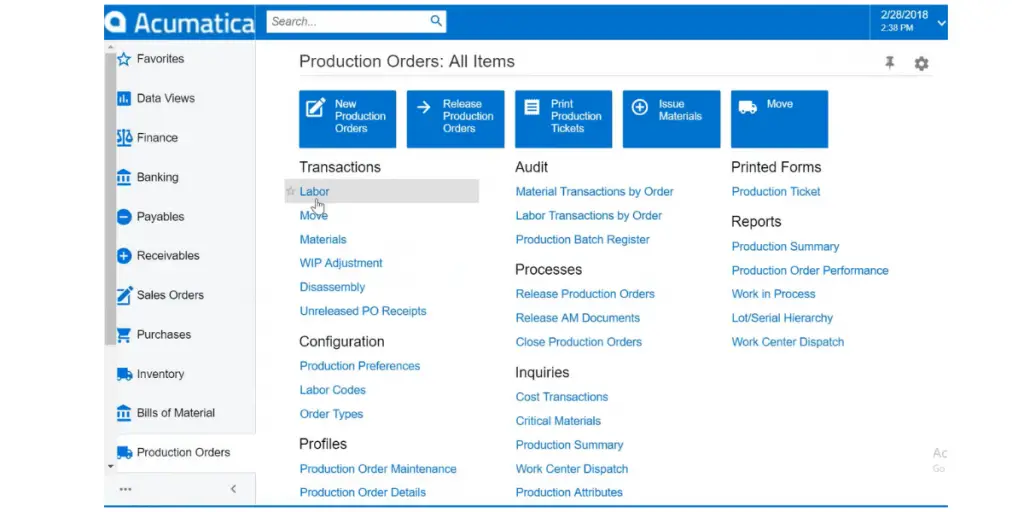You know that you need an ERP system to run your business, but with all of the choices on the market, it’s hard to know which one is right for you.
Even if you know what type of ERP system you need, there are so many options to choose from that it can be overwhelming.
Postmodern ERP systems are a new breed of ERPs designed to be flexible and adaptable, so you can easily add on new features and functionality as your business grows.
This post will discuss the postmodern ERP definition, strategy, importance, features, benefits, and limitations.
What is Postmodern ERP?
Postmodern ERP is a technical approach that integrates administrative and operational business capabilities like purchasing, manufacturing, distribution, and human resource management.
Gartner introduced an idea in 2013 called postmodern ERP. This idea said that the old, big ERP system would be replaced by lots of different, mostly cloud-based applications working together.
It is an umbrella term for the next generation of ERP systems. These systems are designed to be more agile and flexible and better meet modern business needs.
It involves breaking down traditional monolithic ERP systems into smaller, more specialized components that can be easily integrated with other systems.
They typically feature a more modular architecture, allowing companies to choose the features they need and customize them to their specific requirements. Postmodern ERP systems are also often cloud-based, making them easier to deploy and manage.
Check the ERP list, selection criteria for ERP, and ERP modules for more information on ERP.
Postmodern ERP Strategy
According to Gartner, Administrative, and Operational are the two main strategies of postmodern ERP.
Administrative
- Mainly focuses on the administrative work of business processes such as human resource management, procurement, and financial management.
Operational
- Mainly focuses on production processes such as manufacturing, distribution, and retail. Therefore, it is more suitable for product-based industries.
Why is Postmodern ERP Important?
ERP systems are a vital part of any business, and the choice of system can be critical to the business’s success. With all of the changes in the business world, it’s more important than ever to have an ERP system that can adapt and grow with the business. With postmodern ERP, you can have the best possible applications in all business areas.
There are several reasons why it is crucial.
- It can help you to get ahead of your competition. By taking advantage of the latest trends and technologies, you can stay ahead of the curve and continue to grow your business.
- It can help you to be more agile and responsive to change. With the ability to quickly adapt to new market conditions, you can better respond to customer needs and keep your business moving forward.
- It can help you to improve your bottom line. Streamlining your operations and enhancing your efficiencies can reduce costs and increase profits.
Features
We can categorize the features into two types, Administrative and Operational.
Administrative ERP
Administrative ERP features are as follows.
- Financial management includes features for managing your finances, such as invoicing, accounting, and financial reporting.
- Human resource management includes features for managing your employees, such as payroll, time tracking, and employee self-service.
- Procurement includes features for managing your purchasing, such as vendor management, spend management, and contract management.
Operational ERP
Operational ERP features are as follows.
- Manufacturing – This includes features for managing your manufacturing processes, such as product lifecycle management, quality management, and supply chain management.
- Distribution – This includes features for managing your distribution processes, such as order fulfillment, warehouse management, and transportation management.
- Order management – This includes features for managing your customer orders, such as order entry, order tracking, and customer self-service.
What are the Benefits of Postmodern ERP?
Flexible and easily customizable
Postmodern ERP systems are more flexible and easily customizable than traditional ERP systems. That means that they can be adapted to meet the specific needs of your business rather than being restricted by rigid system requirements.
Businesses can have features that they need instead of having unnecessary features.
In addition, postmodern ERP systems are often built on open-source platforms, making them less expensive to implement and maintain than traditional ERP systems.
Increased agility
Postmodern ERP systems are also designed to be more agile than traditional systems. That means they can quickly adapt to changes in your business environment, such as new regulations or market trends.
Modular architecture
Postmodern ERP systems are typically designed with a modular architecture. That means they are composed of several independent software modules that can be integrated (best-of-breed integration) to form a complete system.
This modular approach allows businesses to select the specific modules they need for their business rather than being forced to use a single, monolithic system.
Improved usability
Postmodern ERP systems are also often designed with improved usability in mind. That means that they are easier to use and require less employee training. In addition, these systems usually come with customizable user interfaces that can be tailored to the specific needs of your business.
The lower total cost of ownership
One of the main benefits of postmodern ERP systems is that they tend to have a lower total cost of ownership than traditional ERP systems.
That is because these systems are often less expensive to implement and maintain. In addition, postmodern ERP systems tend to be more agile and easier to use, leading to increased productivity and reduced training costs.
Improved decision-making
Postmodern ERP systems can also provide businesses with improved decision-making capabilities. That is because these systems often come with built-in analytics and reporting tools that can help you gain insights into your business operations.
In addition, you can often integrate postmodern ERP systems with business intelligence tools to provide even more comprehensive data.
Emotional benefits
- Feel more in control of your business than ever before.
- Enjoy watching your business grow and succeed.
- Improved agility and responsiveness to change
- Easier deployment and management
- Increased efficiency and reduced costs
- Stay ahead of the competition
Limitations
Complex integration
This ERP system can be more complicated to integrate than legacy ERP systems. That is because they often use several independent software modules that must be integrated into one centralized system. In addition, these systems usually come with custom APIs that can be difficult to work with.
Difficult to upgrade
They can be difficult to upgrade. That is because these systems often have several customizations and integrations to consider when upgrading.
In addition, the modular nature of these systems can make it challenging to add new features or modules without breaking existing functionality. Finally, you need to check the system’s compatibility when you upgrade things every time.
No on-premise option
One of the main limitations is that they are not available as an on-premise option.
Businesses must host these systems in the cloud or use a third-party provider. Hence you cant work offline. This can be a disadvantage for companies that require the control and flexibility of an on-premise solution.
How to choose the right Postmodern ERP System for your business?
When selecting a postmodern ERP system for your business, it is essential to consider the specific needs of your business. Here are a few factors to consider:
- The size of your business: Your business will determine the type of postmodern ERP system you need. If you are a small business, you may be able to get away with a less comprehensive system. However, if you are a large enterprise, you will need a more robust and scalable solution.
- The nature of your business: Your business will also dictate the type of postmodern ERP system you need. If you have a complex business operation, you will need a system that can cope with that complexity. However, if your business is relatively simple, you may get by with a less complex system.
- Your budget: Your budget will also be a key factor. There are several high-quality postmodern ERP systems on the market, but they can be expensive. If you are on a tight budget, you may need to compromise on features or scalability.
- Your IT infrastructure: Another factor to consider is your existing IT infrastructure. You must ensure that the postmodern ERP system you choose is compatible with your current systems. Otherwise, you may end up incurring significant costs to upgrade your infrastructure.
- Your business goals: You need to consider your long-term business goals. What do you want to achieve with your postmodern ERP system? Do you need a scalable system that can grow with your business? Or do you need a flexible system that can be customized to your specific needs?
Once you have considered all these factors, you will be better positioned to choose the right postmodern ERP system for your business.
FAQs
What are the key trends in Postmodern ERP?
Some key ERP trends in postmodern ERP include the move to cloud-based models, the rise of microservices, and the need for integration. These trends are driven by the need for businesses to be more agile and efficient in their operations.
What are the types of ERP architecture?
There are three types of ERP architecture: monolithic, modular, and postmodern. Monolithic ERP architectures are becoming increasingly rare as businesses realize the benefits of modular and postmodern ERP systems. Modular ERP architectures allow companies to customize their ERP systems to meet their specific needs, while postmodern ERP architectures offer more flexibility and agility.
Conclusion
ERP is no longer a monolithic system but rather an architecture of systems that can be tailored to the needs of each business. Gartner’s Postmodern ERP strategy recognizes this and provides businesses with the tools to move away from traditional ERP models.
So if you’re looking for a way to get ahead of your competition, it’s time to consider a postmodern ERP strategy.
